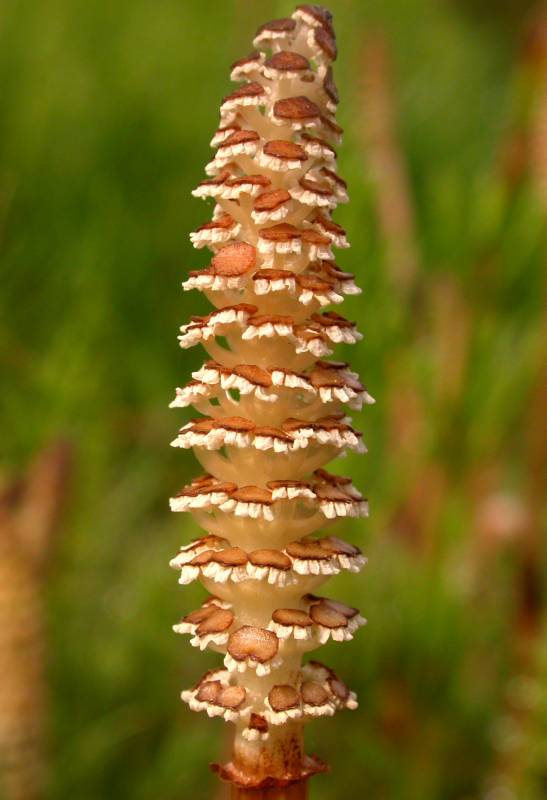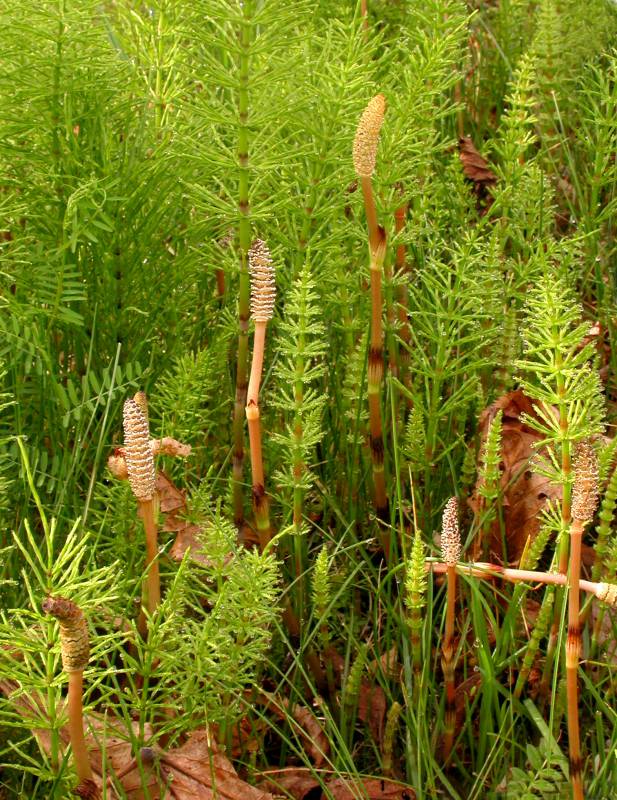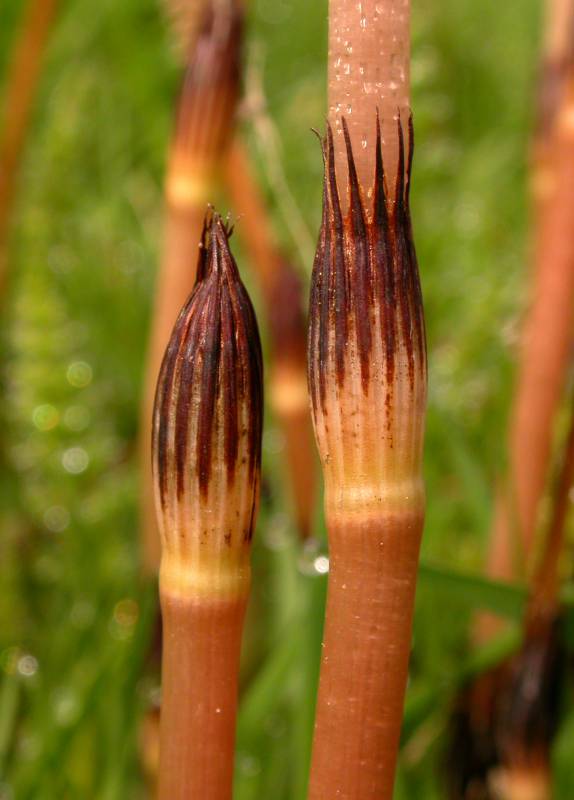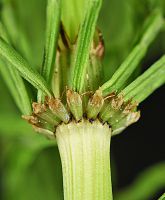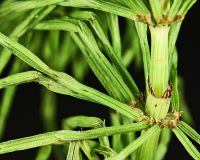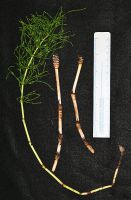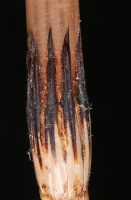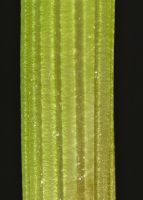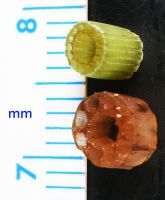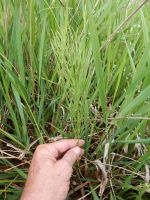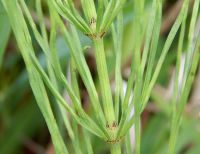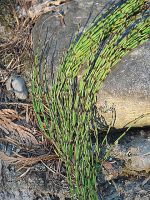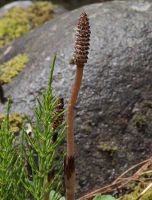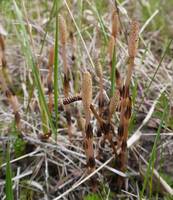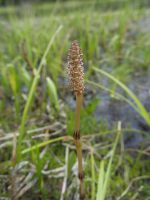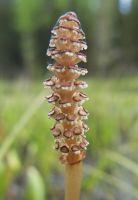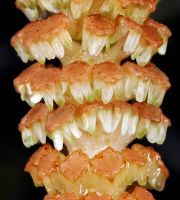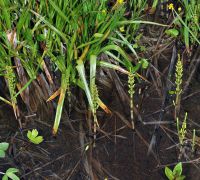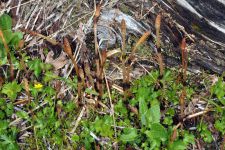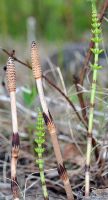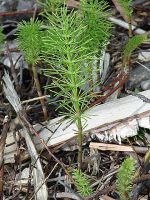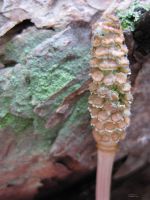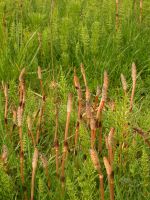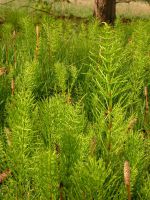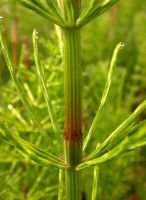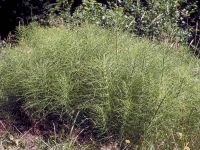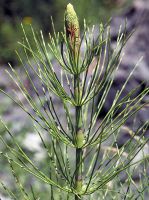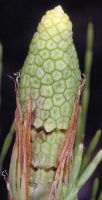Distribution: Widely distributed on both sides of the Cascades crest in Washington; Alaska to California, east across North America, except for the south-central and southeastern U.S., to the Atlantic Coast.
Habitat: Moist to moderately dry, often disturbed places, from the lowlands to the subalpine.
Spores: April-July
Origin: Native
Growth Duration: Perennial
Conservation Status: Not of concern
Rhizomatous perennial, the stems dimorphic; sterile stems 1.5-6 dm. tall and 1.5-5 mm. thick, prominently 10- to 12-ridged, the central cavity about 1/4 the diameter of the stem; stomates in 2 broad bands in the furrows; sheath 5-10 mm. long, greenish, with teeth 1-3 mm. long, free, firm and brown; fertile stems brownish to whitish, soon withering, simple, up to 3 dm. tall and 8 mm. thick, with sheaths 14-20 mm. long, and large teeth 5-9 mm. long.
Branches only on sterile stems, whorled, ascending, 3- or 4-angled, solid, 1-1.5 mm. thick, sometimes again branched.
Cone 0.5-3.5 cm. long, long-pedunculate, blunt.
Publication: Sp. Pl. 2: 1061. 1753.
PNW Herbaria: Specimen records of Equisetum arvense in the Consortium of Pacific Northwest Herbaria database.
WA Flora Checklist: Equisetum arvense checklist entry.
OregonFlora: Equisetum arvense information.
E-Flora BC: Equisetum arvense atlas page.
CalPhotos: Equisetum arvense photos.
USDA Plants: Equisetum arvense information.

